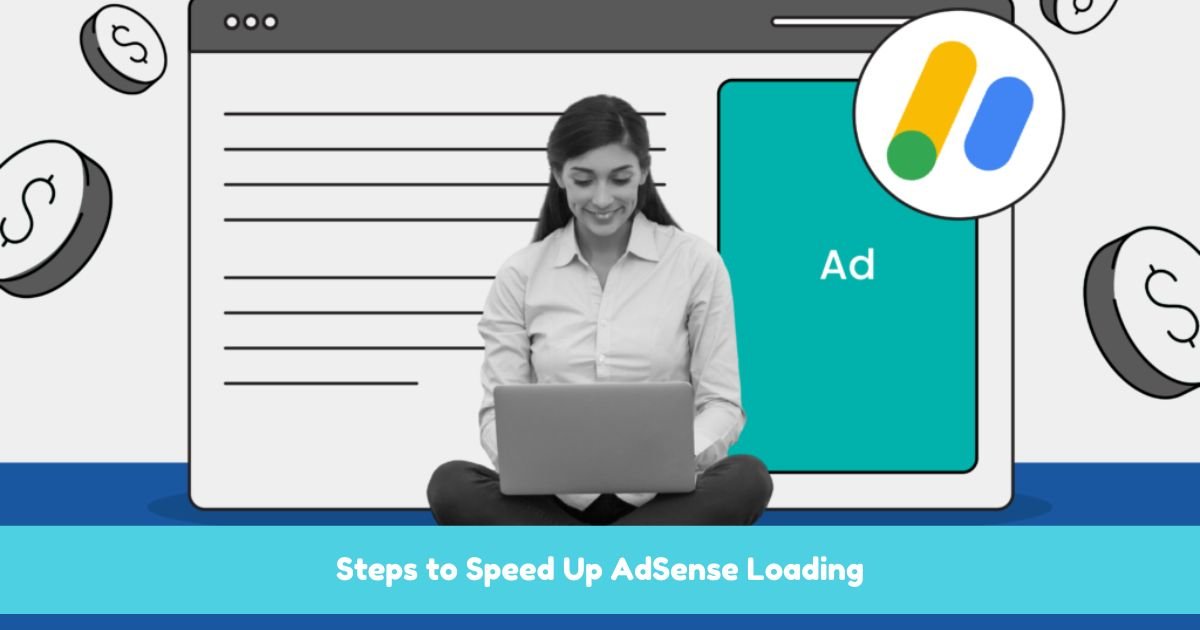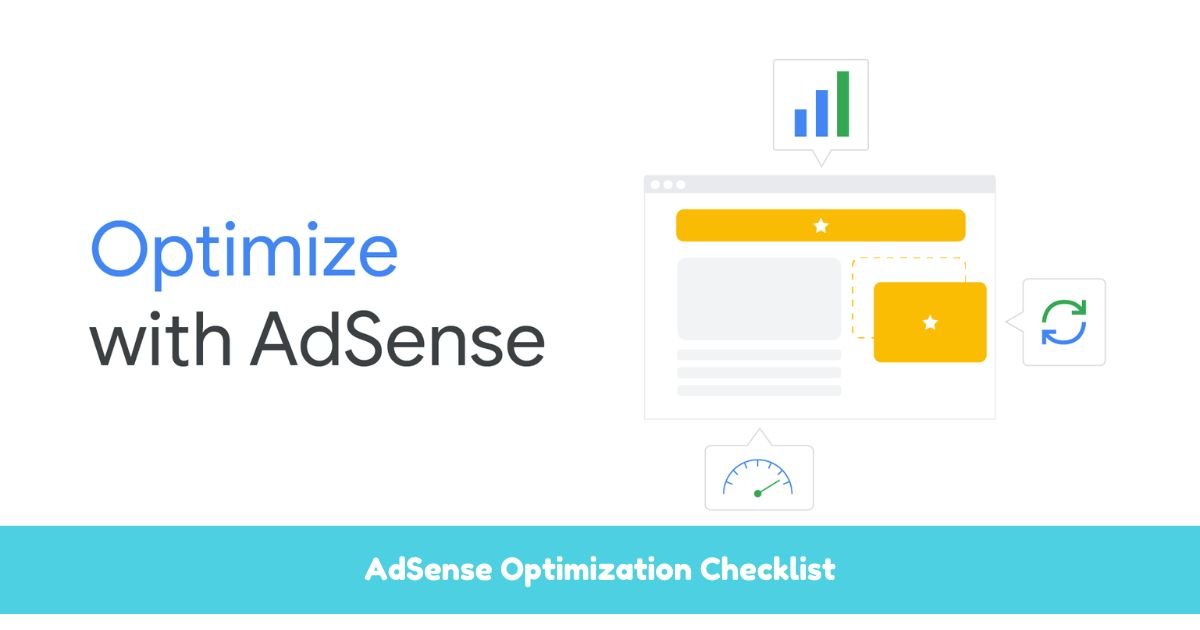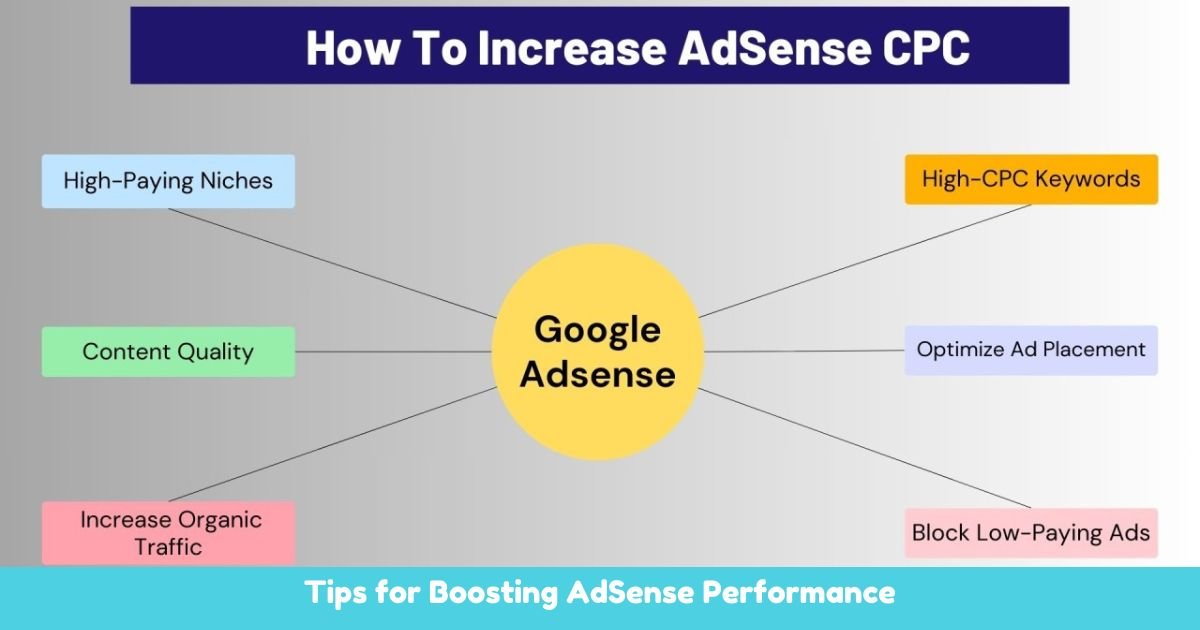In the world of digital advertising, speed is crucial. A slow-loading AdSense ad not only frustrates users but can also significantly impact your earnings. In 2025, with internet speeds increasing globally and user patience wearing thin, optimizing AdSense loading times is more important than ever. This guide will walk you through actionable strategies to ensure your ads load faster, improve user experience, and maximize your revenue potential.
Why AdSense Loading Speed Matters
AdSense loading speed affects:
- User Experience: Slow-loading ads can lead to high bounce rates as users quickly leave your site.
- SEO Rankings: Page speed is a key ranking factor in Google’s algorithm.
- Earnings Potential: Faster ads increase impressions, clicks, and overall engagement, directly boosting your AdSense revenue.
- Ad Quality Score: Google prioritizes sites with faster loading ads for higher-quality ad placements.
Factors Affecting AdSense Loading Speed
Understanding what slows down AdSense is the first step to fixing it. Key factors include:
- Heavy Scripts: AdSense uses JavaScript, which can delay page load time.
- Non-Optimized Images: Large images can affect the overall speed.
- Slow Hosting Services: A poor hosting provider can bottleneck your site’s performance.
- Too Many Ad Units: Excessive ads clutter the page and increase load time.
- Lack of Caching: Without caching, your site has to reload all components every time it’s accessed.

Steps to Speed Up AdSense Loading
Follow these steps to optimize AdSense loading times for better earnings:
1. Use a Fast and Reliable Hosting Service
Your hosting provider significantly impacts your website’s speed. Opt for a service that offers high uptime, quick response times, and scalable resources. Popular options include:
- Hostinger (ideal for beginners and budget-friendly).
- SiteGround (known for excellent speed and support).
- Cloudways (great for advanced users needing high scalability).
2. Implement Lazy Loading for Ads
Lazy loading ensures that ads only load when they are about to enter the user’s viewport. This reduces initial page load time and enhances the user experience.
To enable lazy loading for AdSense ads:
- Add the
data-lazyattribute to your ad units. - Use plugins like WP Rocket or LiteSpeed Cache if you’re on WordPress.
3. Optimize JavaScript and CSS Files
Minify and combine your JavaScript and CSS files to reduce the number of HTTP requests. Tools like:
- Autoptimize (for WordPress)
- Google PageSpeed Insights (to identify issues)
- Cloudflare (to optimize delivery through a CDN)
These can significantly improve your site’s performance.
4. Reduce the Number of Ad Units
While having multiple ad units might seem like a good idea, it can overload your site. Stick to a balanced number of ad units (3-4 per page) to avoid slowing down the site while still maximizing revenue.
5. Enable AMP (Accelerated Mobile Pages)
AMP is a Google-backed project designed to make mobile pages load faster. By using AMP for your site, you can ensure that AdSense ads load almost instantly on mobile devices.
To enable AMP:
- Install an AMP plugin for WordPress (e.g., the official AMP plugin).
- Validate your AMP pages using Google’s AMP Validator.
6. Use a Content Delivery Network (CDN)
A CDN can distribute your site’s content to servers worldwide, reducing latency and speeding up load times. Popular CDN options include:
- Cloudflare
- Akamai
- Amazon CloudFront
7. Optimize Images and Media
Large images can drag down your site’s performance. Compress images using tools like TinyPNG or ShortPixel. For WordPress users, plugins like Smush or Imagify are highly effective.
8. Prioritize Mobile Optimization
More than 70% of web traffic now comes from mobile devices. Use responsive designs and test your site’s mobile speed regularly using Google’s Mobile-Friendly Test tool.
9. Leverage Browser Caching
Caching stores frequently accessed resources locally, reducing load times for returning visitors. You can enable browser caching by:
- Modifying your .htaccess file
- Using caching plugins like WP Super Cache or W3 Total Cache
10. Regularly Monitor Page Speed
Use tools like Google PageSpeed Insights, GTmetrix, or Pingdom to continuously monitor your site’s speed and identify areas for improvement.

AdSense Optimization Checklist
To simplify the process, here’s a quick checklist for optimizing AdSense loading speed:
- Use a fast and reliable hosting provider.
- Enable lazy loading for ads.
- Minify and combine JavaScript and CSS files.
- Optimize images and compress large media files.
- Reduce the number of ad units to 3-4 per page.
- Use a Content Delivery Network (CDN).
- Enable AMP for faster mobile performance.
- Leverage browser caching for repeat visitors.
- Regularly monitor your site’s speed using tools like GTmetrix.
- Ensure your site is mobile-friendly and responsive.

Additional Tips for Boosting AdSense Performance
Optimize Ad Placement
Strategically place ads where they are most likely to be seen and clicked. For example:
- Above-the-fold placements
- Within the content (preferably after the first or second paragraph)
- Sidebar placements (if applicable)
Test Ad Formats
Experiment with different ad formats like responsive ads, native ads, and link ads to see what works best for your audience.
Avoid Ad Clutter
Overloading your site with ads can reduce user engagement and hurt your SEO rankings. Maintain a balance to keep both users and Google happy.
Stay Updated with Google’s Policies
Google frequently updates its AdSense policies. Staying compliant not only ensures uninterrupted service but can also help you adapt to new features or requirements.
Benefits of Faster AdSense Loading
Speeding up your AdSense ads offers multiple benefits:
- Higher Click-Through Rates (CTR): Users are more likely to engage with ads that load instantly.
- Improved SEO Rankings: A faster site with quick-loading ads ranks higher on Google.
- Better User Retention: A fast site ensures users stay longer, reducing bounce rates.
- Increased Revenue: Faster-loading ads lead to more impressions and clicks, boosting your earnings.
Common Mistakes to Avoid
- Ignoring Mobile Optimization: Mobile users dominate the internet. Neglecting mobile speed is a costly mistake.
- Overloading Pages with Ads: Too many ads slow down your site and annoy users.
- Neglecting Regular Updates: Regularly update plugins, themes, and scripts to ensure optimal performance.
- Using Poor Hosting Services: Saving money on hosting often costs more in lost revenue due to slow speeds.
FAQs About AdSense Loading Speed
Q: What is the ideal page load time for AdSense performance?
A: The ideal page load time is under 2 seconds. Faster-loading pages ensure better user engagement and improve ad visibility, which boosts earnings.
Q: Can caching plugins impact AdSense performance?
A: Yes, caching plugins like WP Super Cache or W3 Total Cache can improve page load times without negatively affecting AdSense ads. However, ensure the plugins are configured correctly to avoid conflicts.
Q: Do CDN services affect AdSense ad loading?
A: CDN services like Cloudflare can improve overall page speed by reducing latency, which can indirectly enhance AdSense ad loading times by delivering resources faster.
Q: Is it necessary to test AdSense ads on mobile devices?
A: Absolutely. Since most users access content on mobile devices, testing AdSense ads on various devices ensures they load correctly and perform optimally across platforms.
Q: How often should I optimize my site for AdSense performance?
A: Regular optimization, at least every 3-6 months or after major updates, ensures your site remains fast and compatible with AdSense updates and policies.
Conclusion
In 2025, optimizing AdSense loading speed is no longer optional; it’s a necessity. By implementing the strategies outlined in this guide, you can ensure that your ads load faster, improve user experience, and maximize your earnings. Remember, a faster site benefits not only your revenue but also your audience, creating a win-win scenario.
Start today by evaluating your current setup, addressing the key issues, and continuously monitoring your site’s performance. Faster AdSense loading is the key to staying competitive and profitable in the ever-evolving digital advertising landscape.
